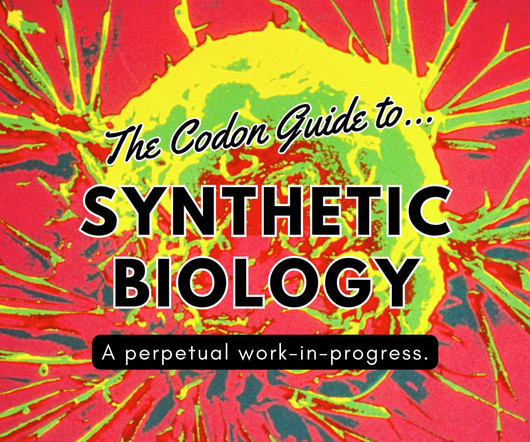Precision Medicine in the Genomic Era
DrugBank
JUNE 27, 2023
Their use, as well as their integration into other types of data, has enabled the development of more precise therapies. 14 As an unbiased method for genetic variant detection, GWAS holds the promise of identifying new genes and gene regulation mechanisms underlying a variety of conditions, including complex diseases. Waeber, G. &












Let's personalize your content